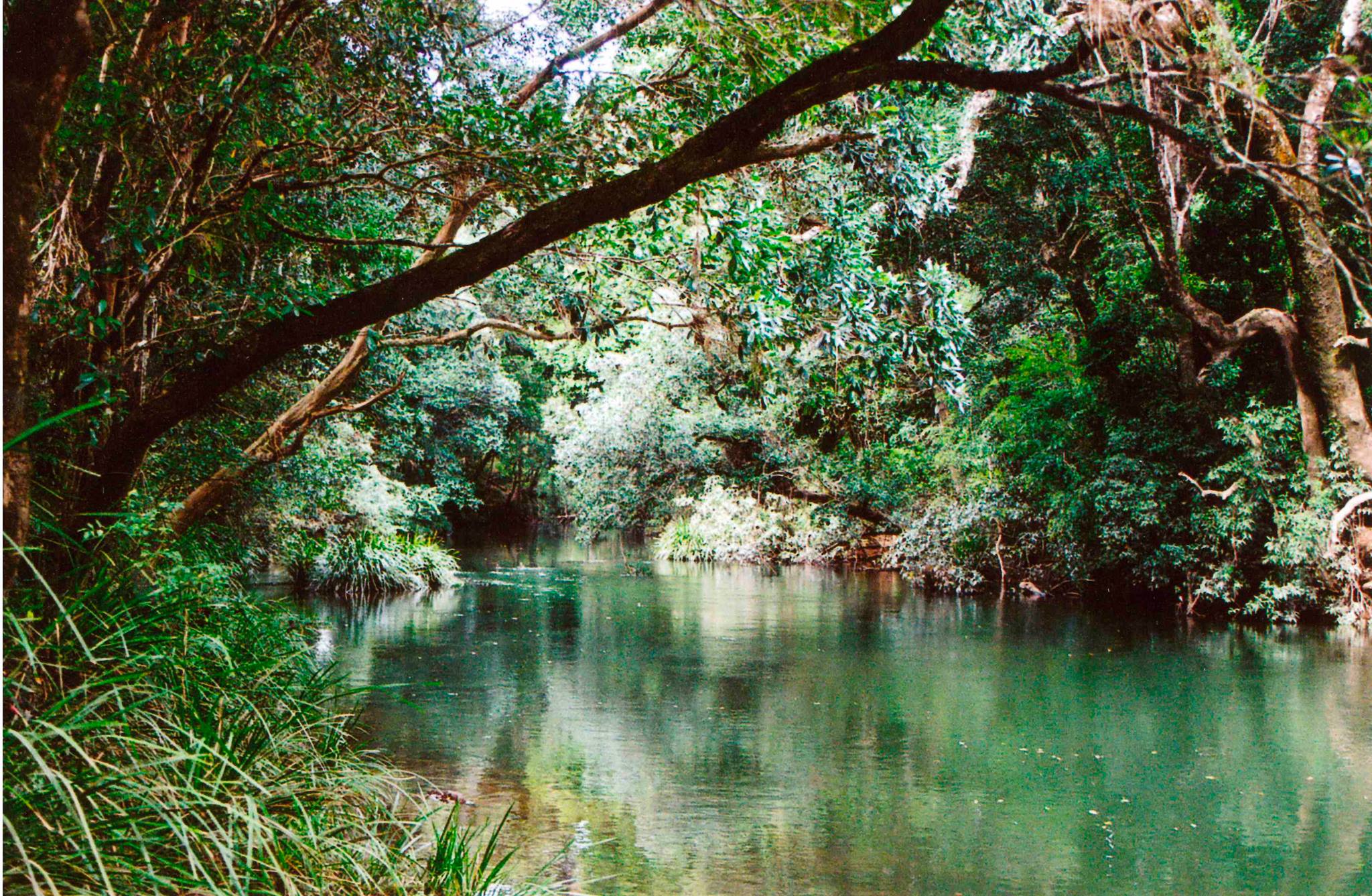The Orara River Rehabilitation Project is based in the beautiful Orara Valley, near Coffs Harbour in NSW
In 1996 a number of landholders from several
communities across the Orara Valley independently formed Landcare groups to address river degradation at the local level. The groups were:
–– Cochrans Pool Urumbilum Rivercare Group
–– Karangi Landcare Group
–– Nana Glen Landcare Group
Two years later the Orara Valley Rivercare Groups Management Committee (‘Orara Valley Rivercare ’) was formed as an umbrella group for these local groups. The Committee oversees the distribution of grant funding from Coffs Harbour City Council’s Environmental Levy, and from other granting bodies including the North Coast Local Land Services (LLS).
Each year the Project involves around 50 landholders working on project sites that encompass, on average, 45 hectares of riparian land along 35 kilometres of stream. To date the Project has:
–– achieved significant reductions in the density and distribution of major target weed species, including Cat’s Claw Creeper (Dolichandra unguis-cati), Camphor Laurel (Cinnamomum camphora) and Privet (Ligustrum spp.)
–– regenerated riparian habitat along more than 60 kilometres of stream length
–– achieved significant improvement in channel structure and stock management
–– re-established bed and bank stability and structural diversity within the channel along 20 kilometres of the Orara River
–– built significant community capacity and knowledge particularly through Landcare groups.
These river rehabilitation activities have assisted the conservation and preservation of several vulnerable and endangered species, including the Wompoo Fruitdove, Rose-crowned Fruit-dove, Giant Barred Frog, Pale-vented Bush Hen and Eastern Freshwater Cod.
Due to the long-term nature of the Project, many project sites now adjoin each other and form contiguous corridors of good condition riparian vegetation. These corridors make a significant contribution to landscape biodiversity conservation.
This contribution is enhanced by the strict use of local provenance plant stock in all revegetation activities, and by the extent of natural regeneration that occurs after weed control. Although the catchment has been severely degraded, project sites often show very good natural regeneration due to the healthy soil
seedbank and effective seed dispersal throughout the catchment.

The Orara River at Karangi - taken by Lloyd Foster
Download group KML



